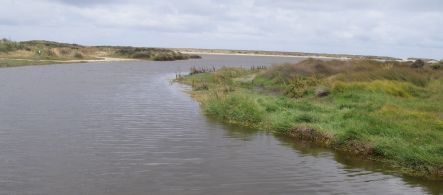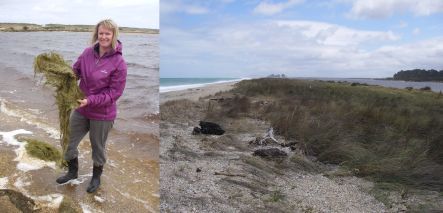
Waituna Lagoon (Image: A. Ballance)
In last year’s report on People’s Perceptions of the State of the New Zealand Environment, a quarter of respondents identified water and water pollution as the most important environmental issue facing New Zealand, while half thought that farming was the main cause of damage to freshwater.
There are well-publicised concerns about the health of many lakes and rivers throughout the country, but one - Waituna Lagoon - has been very much in the headlines in Southland. The Waituna Lagoon is part of the internationally recognised Awarua Wetlands, which became a Ramsar international wetland site in 1976 and is one of the best remaining examples of a natural coastal lagoon in New Zealand.
In the first of a three-part series about shallow lakes, focused around Waituna Lagoon, Alison Ballance heads out with the Department of Conservation’s Emily Funnell to find out about the ecology of this coastal lagoon. There are fears that Waituna Lagoon may be about to ‘flip’, and next week Alison finds out from Marc Schallenberg at the University of Otago what flipping is, why it occurs in shallow lakes and how common it is.

Emily Funnell holds Ruppia, or seagrass, that has been uprooted and washed ashore (left), and (right) the coastal bar that separates the lagoon (seen to the right) from the sea (seen to the left) (Images: A. Ballance)


